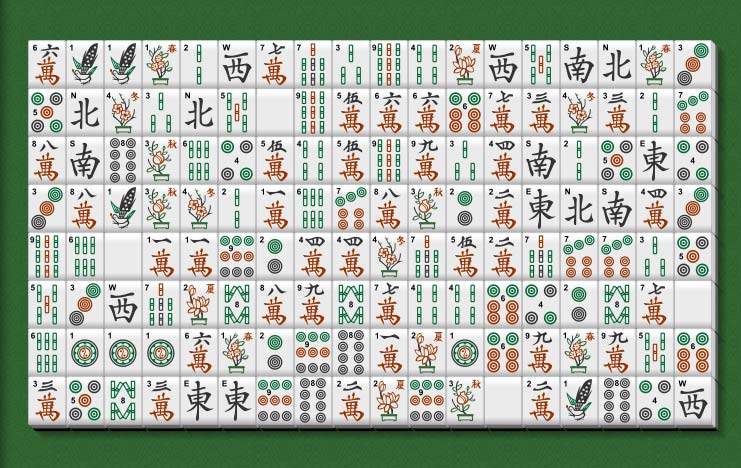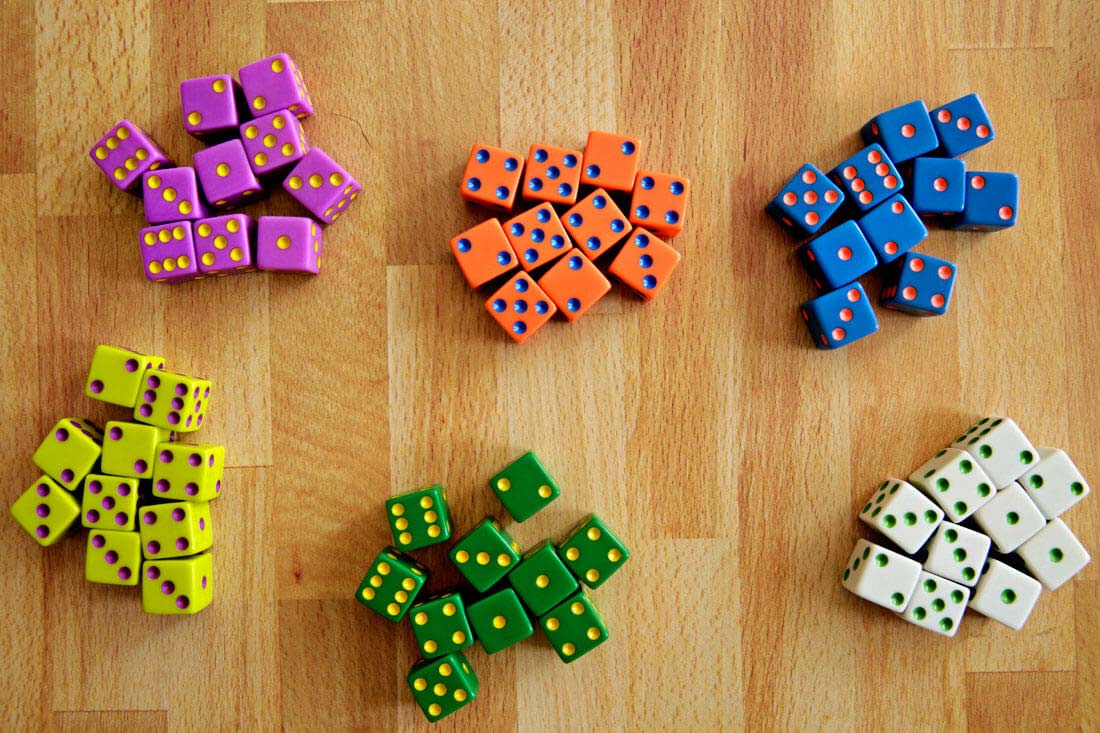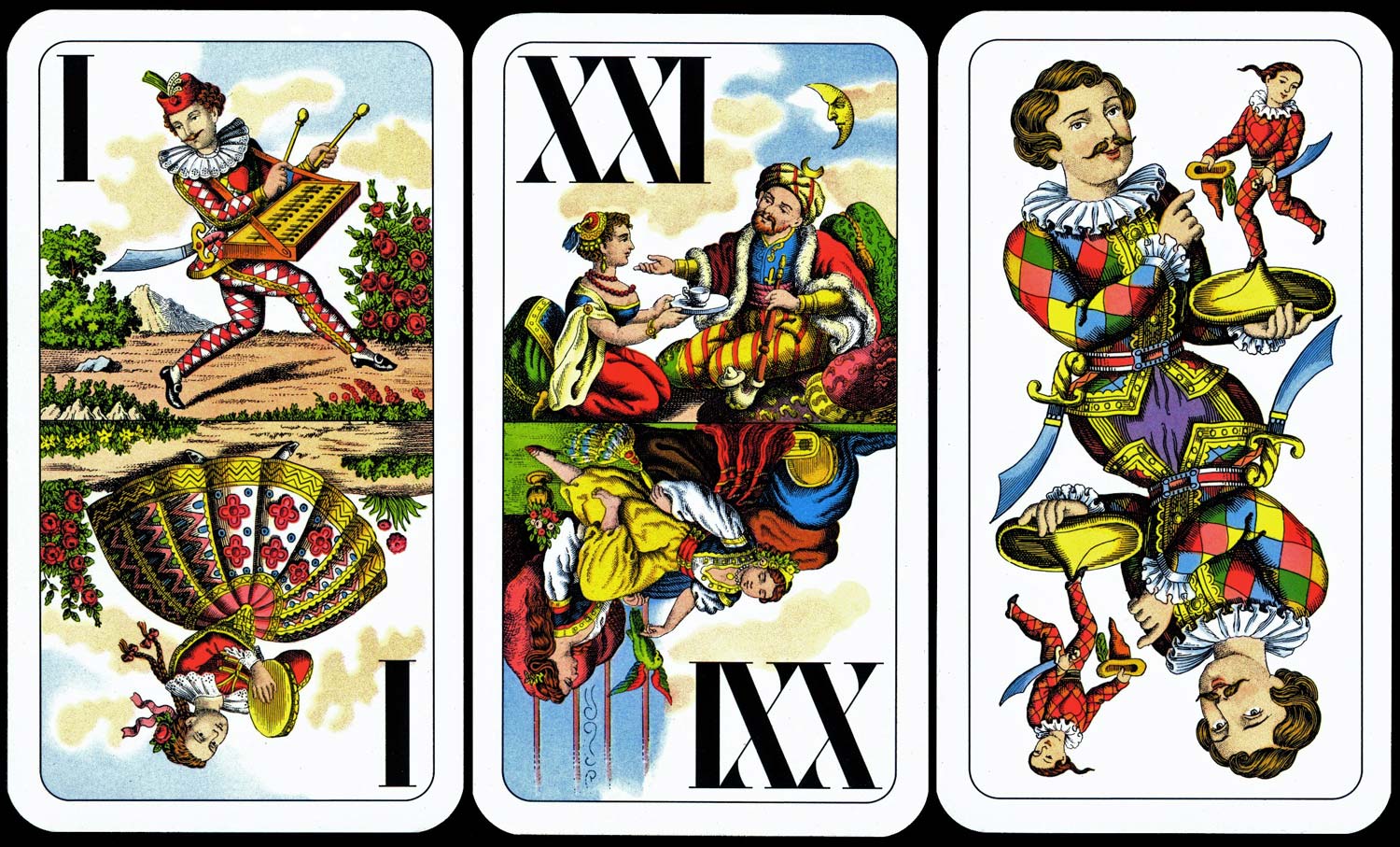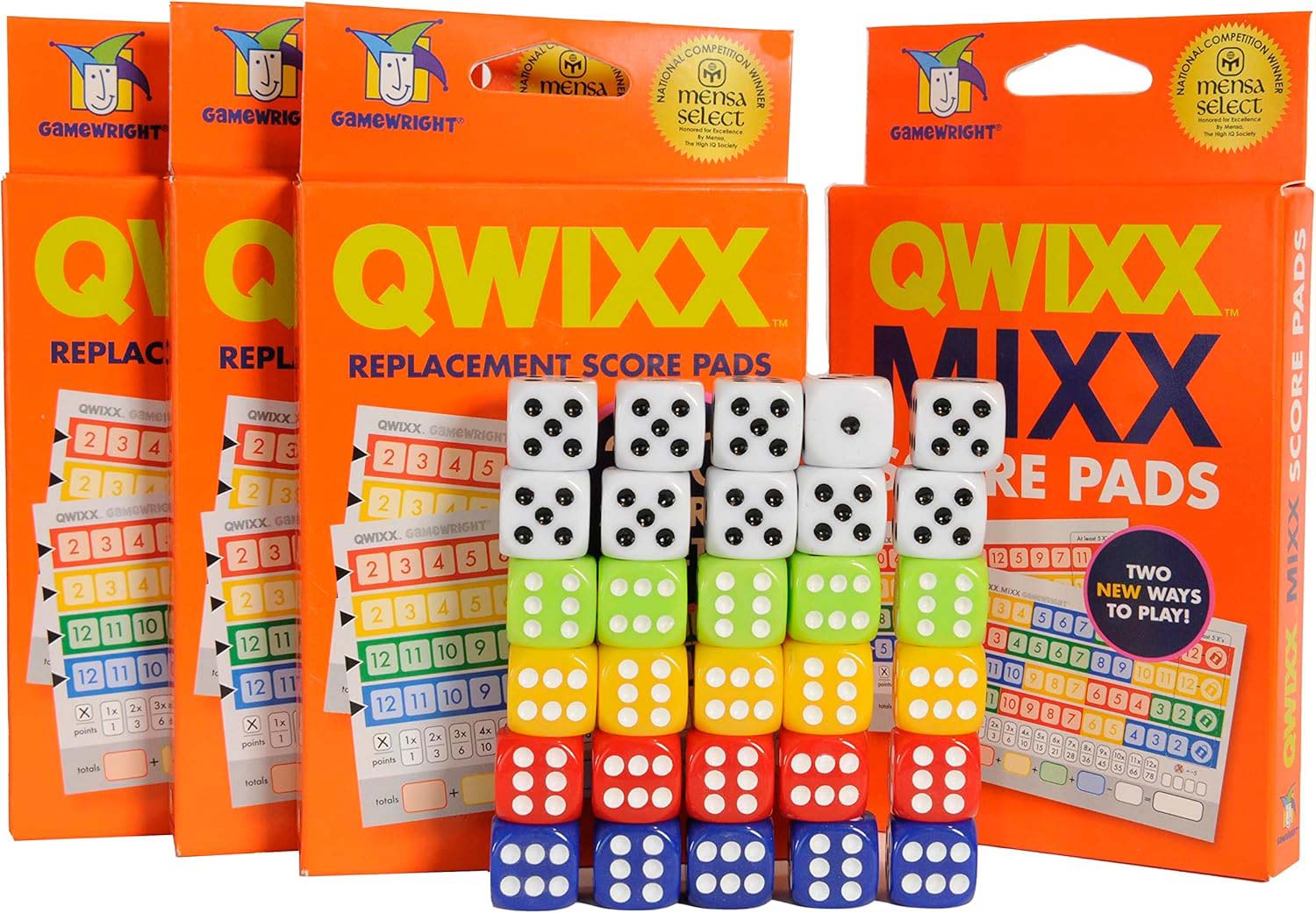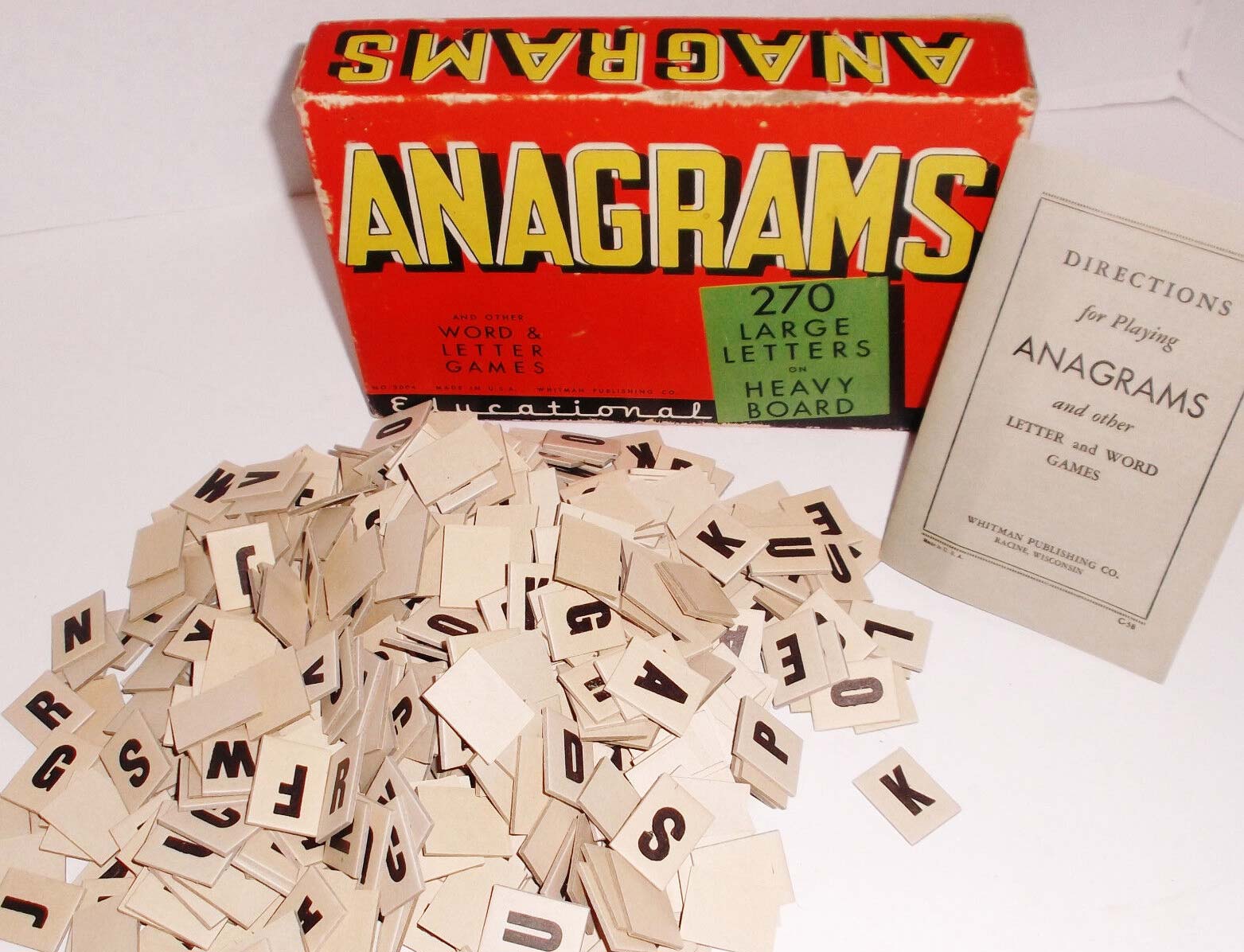
Imagine this: It’s a chilly evening, and you’re gathered around a table with friends. Someone suggests a game, and out comes the domino set. But this isn’t just any game of dominoes—it’s Muggins! The game’s unique scoring system and strategic depth make it a hit at any gathering. Muggins Dominoes isn’t just about laying tiles; it’s about quick thinking, outsmarting your opponents, and racking up those elusive points.
Country of Origin: United Kingdom
Date of Origin: 19th century
Regions popular in: North America, particularly in the United States and Canada
Family: Tile games
Also Known As: All Fives, Sniff
Variants: All Threes, Fives and Threes
Game Rules
Objective of the Game
The goal is to be the first player to reach a predetermined number of points (commonly 100 or 200) by scoring points during the game and by playing tiles strategically.
Number of Players
Muggins can be played by 2 to 4 players, making it versatile for both small and larger groups.
Tile Information
The game uses a standard double-six domino set, consisting of 28 tiles. Each tile features two ends with a number of pips ranging from 0 to 6.
Setup
- Shuffle the tiles face-down on the table.
- Each player draws a certain number of tiles, depending on the number of players (for example, 7 tiles for 2 players, 5 tiles for 3-4 players, etc.).
- The remaining tiles form the boneyard (draw pile).
Basic Gameplay
- The player with the highest double starts the game by placing it in the center of the playing area.
- Players take turns placing tiles that match the number of pips on one end of the domino on the table. For example, if a tile with 3 pips is on the table, the next tile played must have 3 pips on one end.
- When a player places a tile, they score points if the total number of pips on the open ends of the layout is a multiple of 5. For example, if the open ends add up to 10, the player scores 10 points.
- If a player cannot make a move, they must draw a tile from the boneyard until they can play or the boneyard is empty.
- The game continues until a player plays all their tiles or no one can make a move.
Winning Conditions
A player wins by being the first to reach the predetermined number of points. Points are accumulated based on the total number of pips remaining in opponents’ hands and from scoring multiples of 5 during gameplay.
Key Terms
- Boneyard: The pile of remaining tiles after each player draws their initial hand. These tiles are drawn from when players cannot make a move.
- Pips: The dots on the domino tiles. Each end of a tile can have between 0 and 6 pips.
- Multiple of 5: The total number of pips on the open ends of the layout that is a multiple of 5 (e.g., 5, 10, 15, etc.).
Strategy and Tips
Want to be a Muggins master? Here are some tips to help you dominate the game:
- Plan Your Moves: Always think a few steps ahead. Try to set up the board so that you can score multiples of 5 on your turn.
- Keep Track of Pips: Pay attention to the pips already played and try to predict what tiles your opponents might have.
- Play Defensively: Sometimes it’s better to prevent your opponents from scoring than to score yourself. Play tiles that disrupt their plans.
- Use Doubles Wisely: Doubles can be powerful, but they can also limit your options. Use them strategically to control the game flow.
- Maximize Your Draws: If you have to draw from the boneyard, try to do so early in the game when there are more tiles available. This gives you a better chance of drawing a useful tile.
Historical Background
Muggins Dominoes has its roots in the United Kingdom, where it emerged in the 19th century as a popular pub game. Its unique scoring system, which rewards players for making multiples of 5, set it apart from other domino games. The game’s name, “Muggins,” is thought to come from the slang term for a fool or a simpleton, reflecting the game’s playful and sometimes mischievous nature.
As Muggins spread to North America, it gained popularity in the United States and Canada, becoming a favorite pastime for families and friends. The game’s strategic depth and engaging gameplay ensured its enduring appeal.
Popularity and Cultural Impact
Muggins Dominoes has become a beloved game, especially in North America. Its popularity can be attributed to its simple rules, strategic depth, and social interaction. Families and friends gather around the table to play Muggins, creating memories and strengthening bonds.
In the United States and Canada, Muggins is a staple at family gatherings, game nights, and community events. The game’s accessibility makes it suitable for players of all ages, from young children to grandparents. Its appeal transcends generations, bringing people together for hours of fun.
Legends and Funny Stories
Legend has it that during a Muggins tournament, a player named Joe managed to score a perfect game by consistently making multiples of 5 on every turn. His opponents were baffled, and Joe became a local legend, with people flocking to watch him play.
On a more humorous note, there’s a story of a group of friends who decided to add a twist to their Muggins games—they had to shout “Muggins!” every time they scored. The game quickly turned into a boisterous and rowdy affair, with everyone laughing and cheering each time someone scored points.
Conclusion
Muggins Dominoes is more than just a game—it’s a blend of strategy, fun, and social bonding. Whether you’re a seasoned player or new to the game, Muggins offers endless excitement and challenges. So gather your friends, set up the tiles, and dive into the world of Muggins Dominoes. Remember, it’s not just about winning; it’s about the thrill of the game, the laughter, and the memories you create along the way. Game on!
And there you have it—a guide to mastering Muggins Dominoes, filled with tips, history, and a dash of humor. Ready to challenge your friends and show off your newfound skills? Let’s get those tiles moving!



